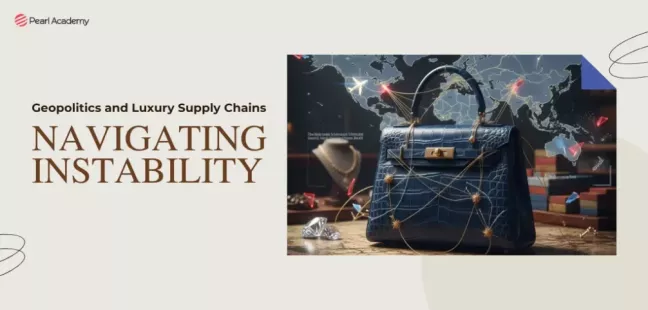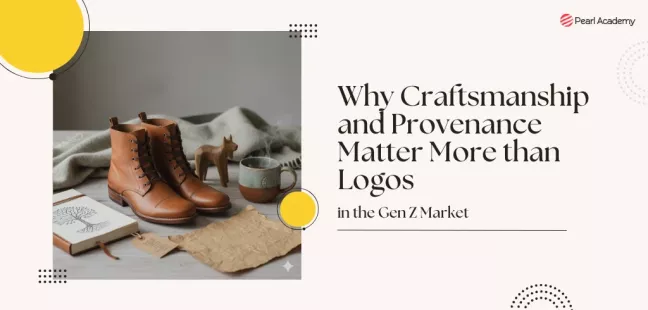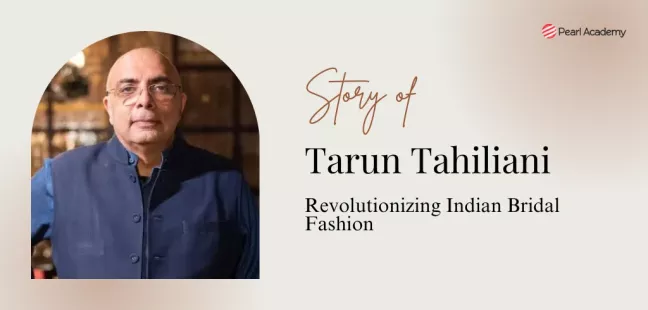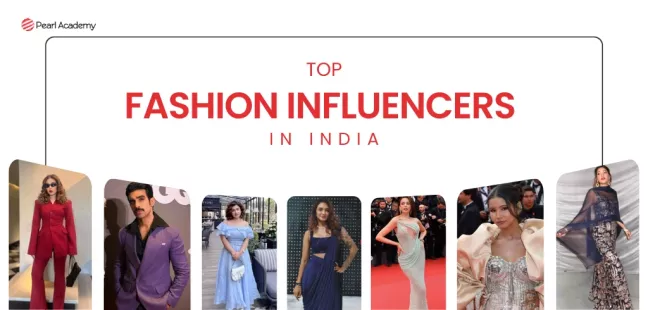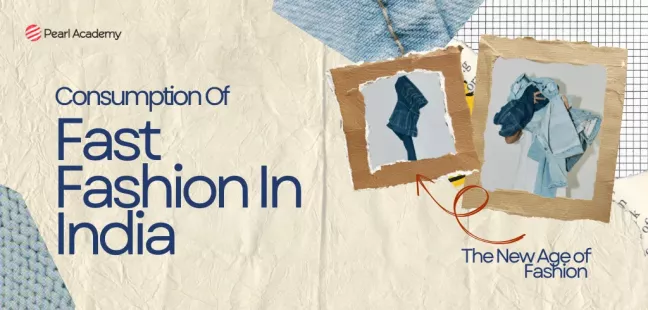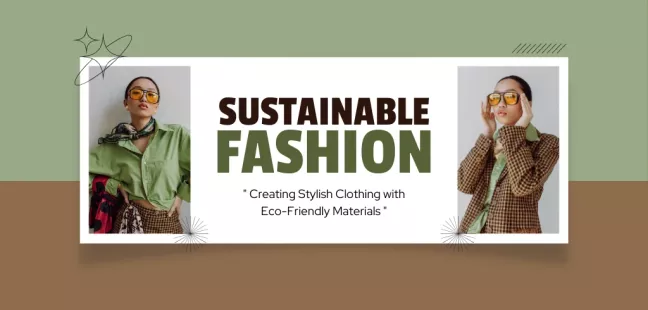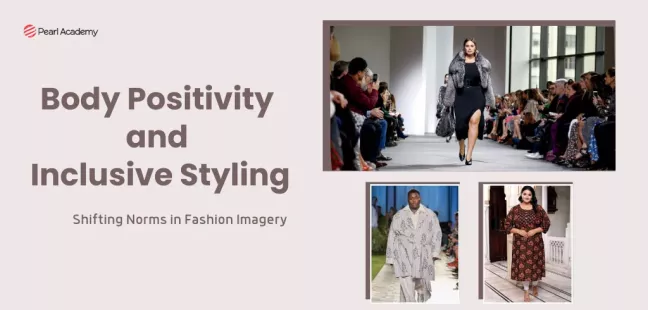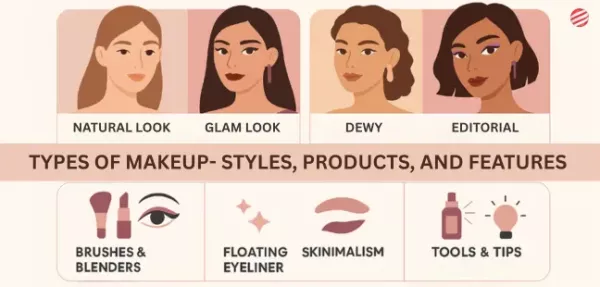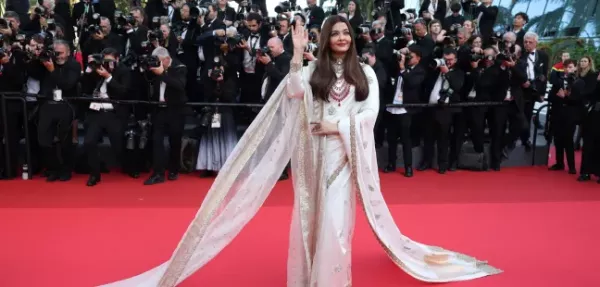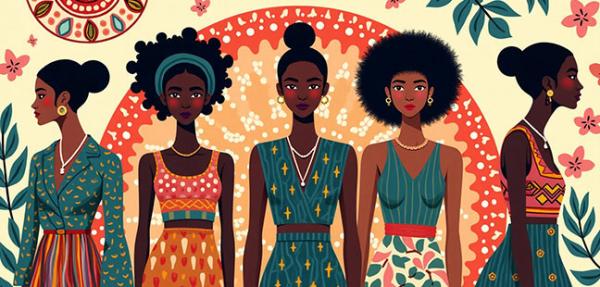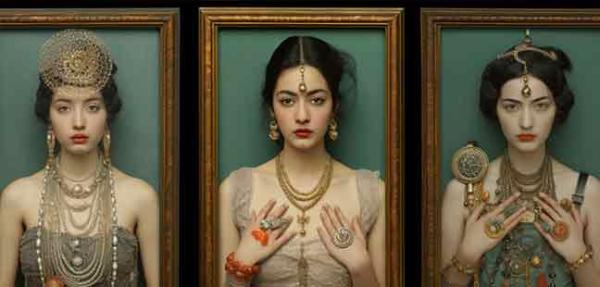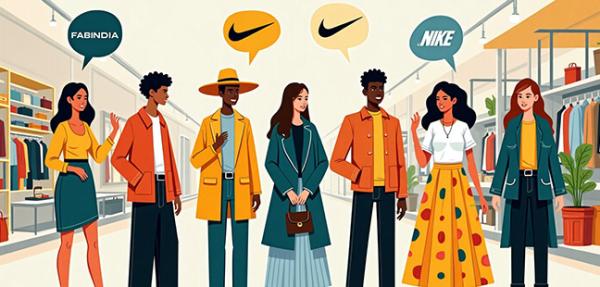The De-Dollarisation of Luxury: Why Brands Are Shifting Focus to India, the Middle East, and Africa
- Mamatha GPK
- Published 25-Nov-2025
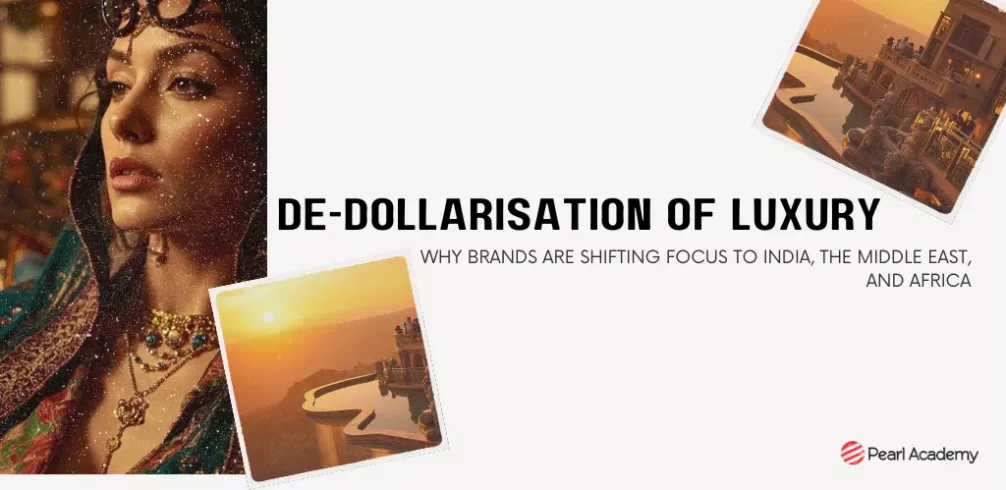
Luxury markets today demonstrate a post-aspirational consumption logic, where consumers seek cultural belonging, identity signalling, and memory-based experiential value. Thus, luxury is not merely a product purchase, but a status-anchored self-narrative.
In markets such as India, luxury brands are no longer only focused on the mega-metros; they are actively expanding into Tier-2 / Tier-3 cities and sub-urban high-income clusters. For example, data show India’s leasing activity by luxury and premium brands jumped ~90% YoY in Q1 2025.
This year we woke up to a wide variety of newer products- like the Gucci Saree, Prada Kohlapuris and crocheted safety pins. This reflects poor attempts at reinventing the luxury game. Firstly, do we really need a luxury revamp? Or do we need to revolutionise the market pivoting from developed countries to Asia, Middle East and Africa?
The reimagined luxury market should bolster towards the uniquesness of these countries. With the luxury market looking at a 500% upward growth by 2030 (roughly from 15-20 billion dollar to 85-90 billion dollars), the opportunities of scaling new heights never looked better.
Become future-ready with our Fashion Programs
Know MoreThe post-pandemic luxury landscape is getting remapped. Though the dollar is still at the heart of trade and finance, luxury brands are making revenue and geographic risk more diversified as growth in traditional Western markets slows down. This shift goes with a gentle, progressive de-dollarisation of international reserves and a simultaneous quest for new centres of demand. (IMF)
This realignment reflects an adaptive response to currency volatility and regional demand maturity rather than a radical abandonment of the dollar.
Luxury once a symbol of universally defined products has moved towards a more globally relevant position- shifting economy can play to conscious low consumerism patterns and generational relevant products instead of the dollar game of steep pricing and scarcity model.
The Shifting Economic Backdrop
De-dollarisation is not an across-the-board flight from the greenback, but a small reweighting towards other currencies and gold. IMF studies indicate the dollar remains predominant, but its proportion of international foreign-exchange reserves has crept lower over time, even as quarter-by-quarter movements are volatile.
For 2024-25, the IMF describes the dollar's position as “preeminent,” with non-traditional currencies increasing incrementally, proof of diversification, not breakdown. For companies, currency volatility and flattening demand in the US and Europe make the case for wider regional footprints stronger. (IMF)
Bain & Company approximates worldwide luxury consumption remained around €1.5 trillion in 2024, roughly even year-to-year, as managers focus on experience-driven expansion and judicious geographic expansion. McKinsey also expects moderate near-term growth and encourages brands to “take bold risks,” including strategic regional wagers. Combined, these perspectives suggest incremental volume will originate from geographies where wealth and retail infrastructure are growing most rapidly. (Bain)
India, the Middle East, and Africa: The New Luxury Arc
India: India is expected to add 1,000+ ultra-HNWIs every year till 2028, placing it among the world’s fastest wealth-accumulating nations. Luxury demand in India is surging behind a growing middle class, upscale mall construction, and watch and jewellery upgrades. One visible marker is Swiss watch exports: even as the world slows, sales to India increased about 20% year on year in value in 2024, indicating sustainable premiumization. Global brands increased footprints and new players gained ground in 2024 as they were drawn to urban income growth and retail formalization. (Financial Times)
For example, Louis Vuitton’s appointment of Deepika Padukone and Bulgari’s India-specific high jewellery collections demonstrate how global houses are actively localising cultural symbolism to strengthen resonance with Indian consumers.
Middle East: The GCC has been a structural growth driver fuelled by tourism, retail real-estate investment, and luxury hospitality ecosystems in Saudi Arabia and the UAE. The GCC personal luxury market is said to have grown in 2024 as global expansion weakened, an indicator of high local purchasing power and destination retail strategies (flagships, pop-ups, curated clienteling). The UAE now also has the world’s highest millionaire inflow migration rate, surpassing the US and UK. McKinsey's executive surveys continuously point out the Middle East as being at the top of expansion priorities among luxury players. (WLCC)
Recent initiatives such as Chanel desert pop-ups and Dior’s runway presentation at Al-Ula illustrate how brands are embedding luxury within cultural and destination-led narratives to deepen emotional engagement in the region.
Africa: While diverse and previously in the curve, Africa is a long-term call option. Population momentum, mobile payments, and luxury safari corridors (from North Africa to safari destinations) drive test-and-learn points in accessories, beauty, and experiential luxury. Africa’s under-35 population will account for 65% of its total population by 2030, shaping future luxury demand. Brands hedge entry through careful wholesale partners, travel retail, and capsule partnerships while observing currency regimes and import levies. (Industry outlooks consolidate “Rest of Asia” and MEA as relative bright spots against European stagnation.) (Bain)
Dior’s collaborations with African artisans and Estée Lauder’s investment in African beauty incubation programs indicate that brands view cultural heritage and creative collaboration as central to sustainable market entry in Africa.
The Strategic Upside
First, portfolio currency hedging: additional revenue in INR, AED/SAR, and some African currencies mitigates USD/EUR concentration risk. The volatility due to profits also reflects a broader multipolar luxury economy where these 3 regions can potentially emerge as self-sustaining luxury corridors. While GCCs are already driving double digit growth, several focused programs like royal tourism, diverse retail will benefit.
Second, channel strategy: omnichannel flagships in upscale malls (India), travel-led flagships (Dubai, Riyadh), and hospitality tie-ins (MEA) translate tourist flows into repeat customers.
Third, assortment localization: high-value jewellery and watches (India), occasion wear and leather (GCC), and beauty/accessories (pan-Africa) balance ticket size with velocity.
Lastly, clienteling and experience: VIP lounges, concierge delivery, and co-created capsules distinguish in markets where first-time luxury consumers are booming. Experience driven differentiation now define premium services to first time luxury consumers, the focus to emotional equity, personalized exclusivity and cultural belonging adds to it.
Conclusion
Overall, the “de-dollarisation of luxury” is more a re-prioritization of demand than a currency revolution. While Western expansion slows, those brands that build India, the Middle East, and Africa, supported by localized formats and price-resilient strategies, are most well-positioned to accelerate in the next cycle. (Bain)
The future of luxury will be shaped less by the dominance of any single currency and more by the cultural, demographic, and experiential centres of gravity. And today, those centres increasingly lie in India, the Middle East, and Africa.
Luxury brands are increasingly embedding digital touchpoints, influencer-driven storytelling, immersive ecommerce and AR/VR showrooms to deliver “memory-rich” and emotionally engaging brand experiences.

Student Guidance Center: Our Counselors are Just a Click Away.
The significance: in a world where luxury is about narrative and belonging, the journey through digital and hybrid channels becomes part of the status story (not just the bag or watch).
For example, younger consumers (Gen Z/Millennials) expect co-creation, fluid channel transitions and social-sharing-friendly formats. According to Bain & Company, younger consumers increasingly require ongoing conversation with brands rather than one-off transactions.
Luxury no longer is limited to products, According to several reports, the service industry looks at monumental growth in the way hospitality, gourmet experiences or travel is looked at. India, Middle East and African regions should capitalise on these sectors, which perfectly suit our culinary experiences and heritage travel. Not limiting ourselves to the definition of luxury, but converting our localized strengths into profitable avenues. The ongoing De- Dollarization debate is a less of a currency story and more of a strategic recalibration of demand geography. The rising disposable incomes are forging our next wave of luxury consumers.
References
- Bain & Company. Global Luxury Spending to Land Near €1.5 Trillion in 2024. 13 Nov. 2024.
- Financial Times. “Indian Appetite for Swiss Watches Grows.” 3 Oct. 2024.
- International Monetary Fund. “Dollar Dominance in the International Reserve System: An Update.” 11 June 2024.
- McKinsey & Company. The State of Luxury. 13 Jan. 2025.
- World Luxury Chamber. “GCC Personal Luxury Market 2024.” 23 July 2025.
- https://brandequity.economictimes.indiatimes.com/news/marketing/indias-luxury-retail-takes-a-quantum-leap/120762464
Mamatha GPK
Mamatha GPK is an Associate Professor at Pearl Academy, Bengaluru, who blends military precision with creative flair. A PhD in Textile Technology, her work spans research, design and the evolving language of management, viewed through a lens of innovation, emotional equity and purpose. A writer, blogger and emerging podcaster, she champions education that is dynamic, design-led and aligned with industry.
Tags
- #Fashion
Pearl Admission Enquiry
Trending Post
Subscribe to Pearl Blogs
By clicking the "Subscribe" button, I agree and accept the privacy policy of Pearl Academy.











